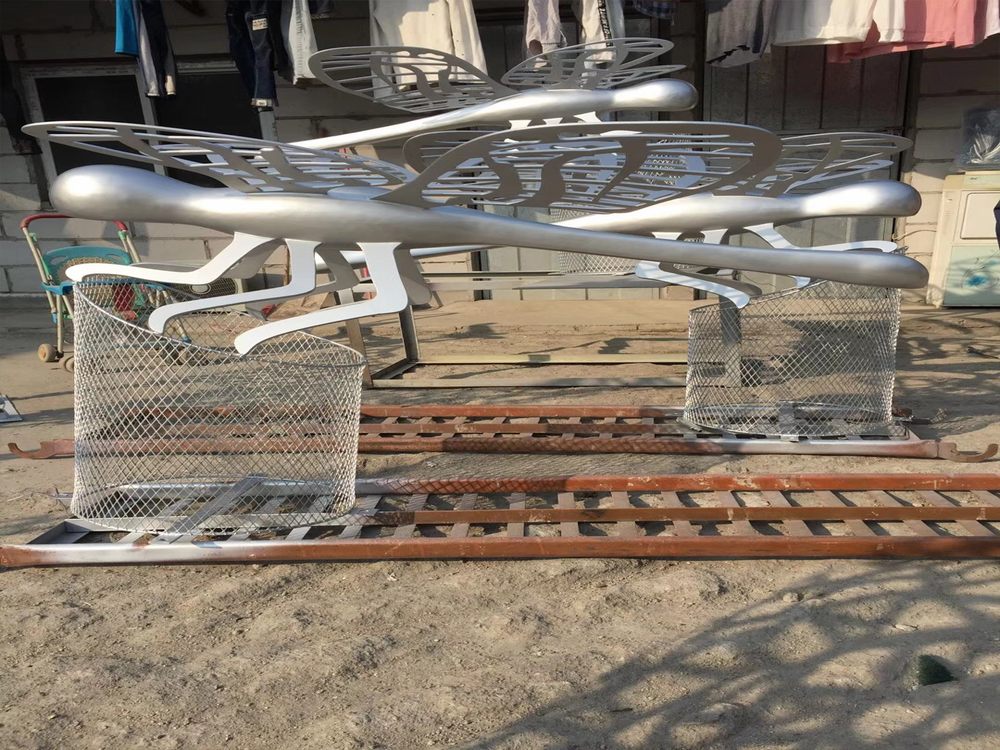
Metal sculptures captivate audiences through their form, materiality, and often, their ability to interact with the environment. The fundamental distinction between kinetic and static metal sculptures lies in their design philosophy and execution.
Kinetic metal sculptures are engineered with movement as their core principle. Artists incorporate mechanical elements, wind responsiveness, or magnetic forces to create dynamic pieces that change over time. The design process focuses on balance, pivot points, and material flexibility, often using lightweight metals like aluminum or stainless steel. These sculptures demand precise engineering to ensure smooth motion while maintaining structural integrity.
Static metal sculptures, by contrast, emphasize permanence and solidity. Their designs prioritize weight distribution, foundation stability, and visual impact from fixed perspectives. Artists working with static forms often choose heavier metals like bronze or iron, focusing on texture, negative space, and surface treatments. The design process involves careful consideration of how light interacts with unchanging surfaces throughout the day.
The artistic intent differs significantly: kinetic sculptures explore themes of time, change, and interaction, while static works often represent enduring concepts or memorialize moments. Maintenance requirements also vary, with kinetic pieces needing regular motion mechanism checks, whereas static sculptures primarily require surface preservation.
Contemporary artists frequently blend both approaches, creating sculptures that appear static but contain subtle kinetic elements, challenging traditional categorization in metal art design.

